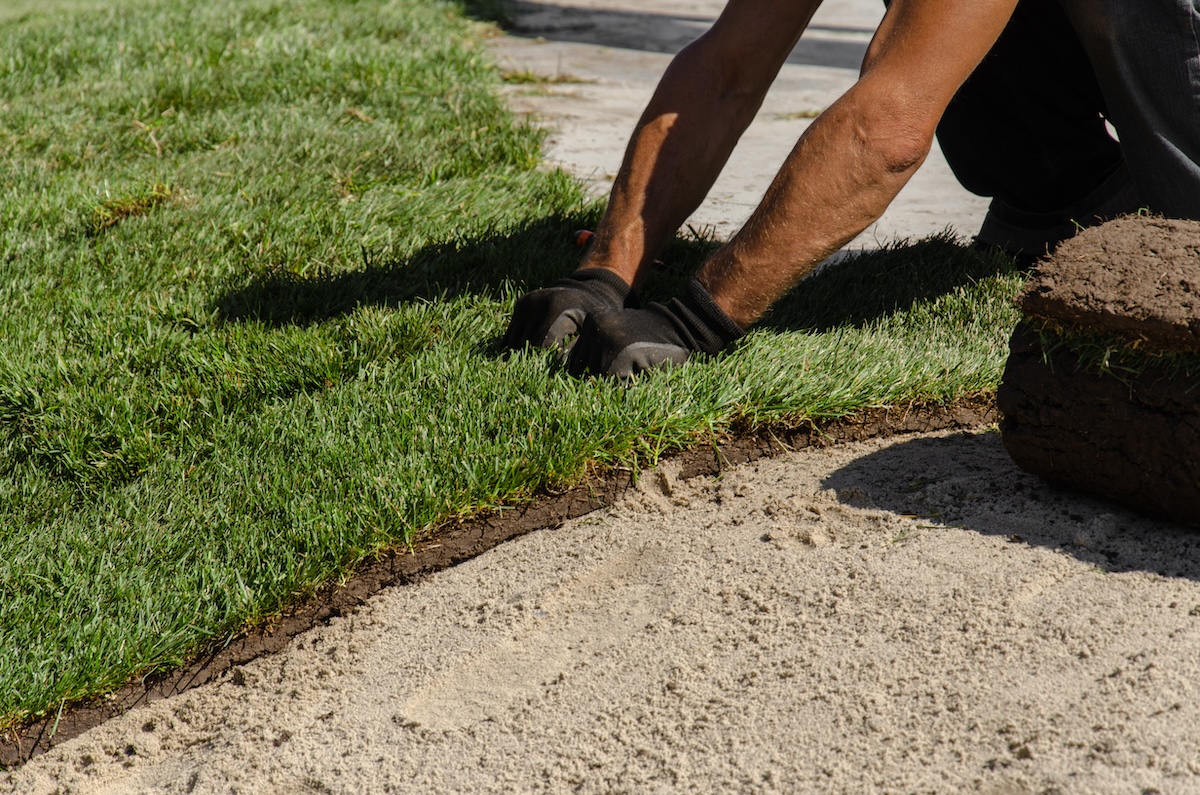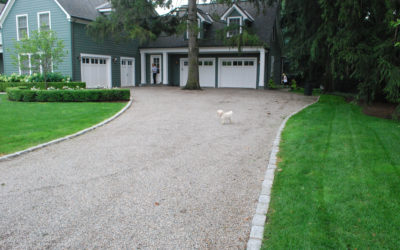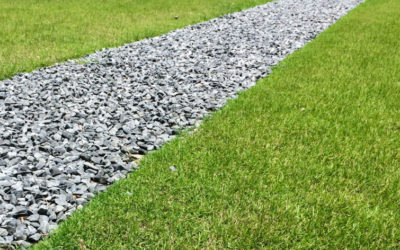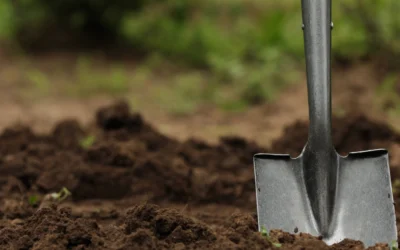If you’re planting a new lawn, the right conditions will make all the difference.
At Bray Topsoil & Gravel we help you determine the best topsoil for new grass seed, as well as the right time to plant and tips for optimal results.
Non-screened Topsoil for Your Lawn
When you’re planting new grass seed, a fresh layer of soil will put nutrients back into the earth, act as a healthy base for grass, cover up bald and bare patches, and aid in building up eroded areas to help with water drainage.
For a beautiful and thriving lawn, consider using non-screened topsoil.
Also known as unscreened topsoil, non-screened topsoil is typically obtained from excavations or other natural sources. It’s left in its natural state and contains rocks, roots, sticks, and other organic matter.
Non-screened topsoil offers several advantages for your lawn.
- Cost-Effective – It’s obtained directly from excavations without extra processing.
- Ideal for Landscaping Base – Its coarse consistency and natural state creates a durable base for grass growth.
- Promotes Strong Root Growth – Rocks and roots help to anchor plants and promote deeper root penetration into the soil.
- Natural Water Drainage – The coarse texture allows for effective water drainage, preventing water accumulation and root rot.
- Nutrient Retention – The composition of organic matter, rocks, and other elements retains nutrients allowing plants to access them as needed.
The Best Time for Topsoil
Although exact timing depends on where you live and your desired landscaping outcome, early spring and fall are generally best for putting new topsoil down.
Early Spring
- The soil is softer allowing for easier spreading, leveling, and aeration.
- Spreading a new topsoil encourages root growth for both plants and grass.
- The soil has time to integrate into existing soil before planting season begins.
Fall
- Ground temperatures are warm enough for plants to take root before winter.
- Adding topsoil in the fall allows for vital nutrients to be available in spring.
- Rain and other wet weather can help “lock in” the soil’s moisture as well as provide drainage in well-worn areas.
Get Optimal Topsoil Results
Whether it’s spring or fall, consider the following factors when putting down topsoil for new grass seed:
- Never put down topsoil when extreme temperatures or heavy rain are expected.
- The type of grass you want to grow will depend on where you live.
- It’s best to prepare by removing weeds, large rocks, and unwanted debris.
- Consider aerating your yard, allowing it to “breathe” and letting in more nutrients and water.
- If your yard or garden is compacted, consider tilling or turning the current soil before adding a layer of topsoil for the best integration.
Bray’s Topsoil Calculator
Not sure where to start?
You can easily determine how much topsoil you need for new grass seed by using our topsoil calculator.
—
Bray Topsoil & Gravel has been providing the Greater Cincinnati area with quality natural topsoil delivery for 25+ years.
Interested in our services? Request a quote online or call 859-635-5680 today!




